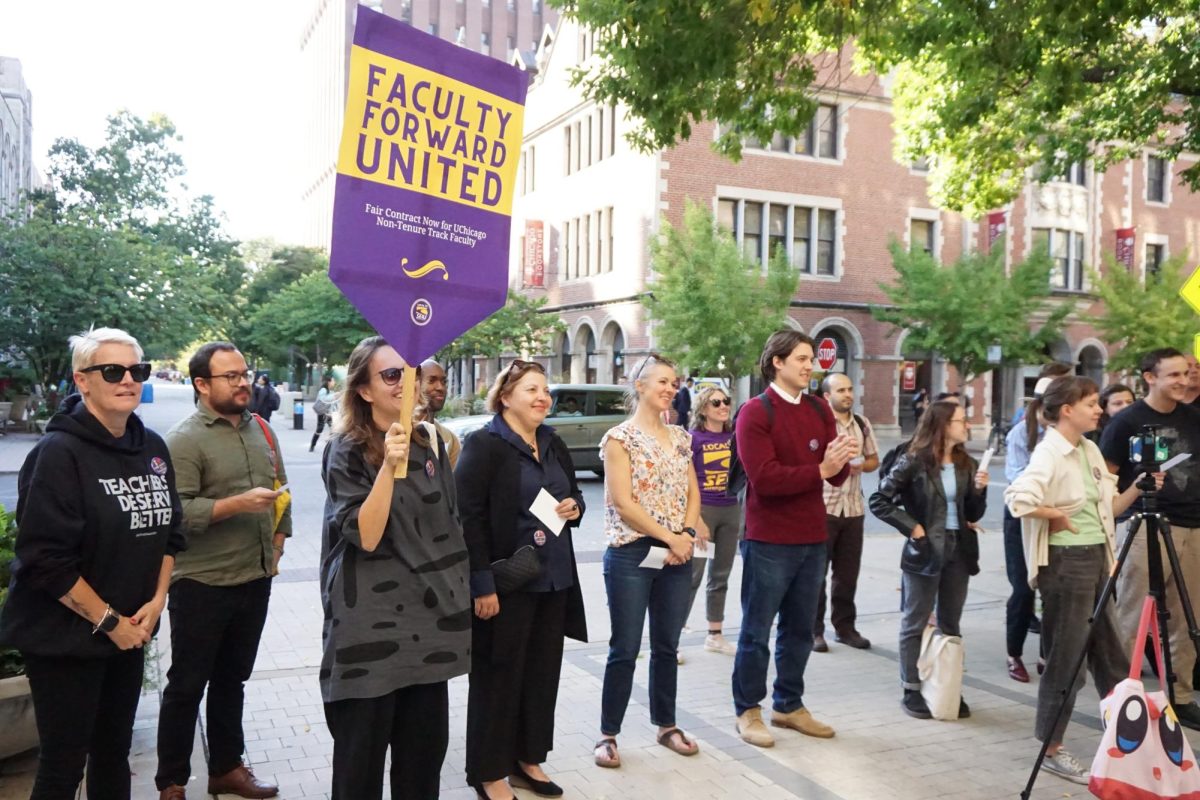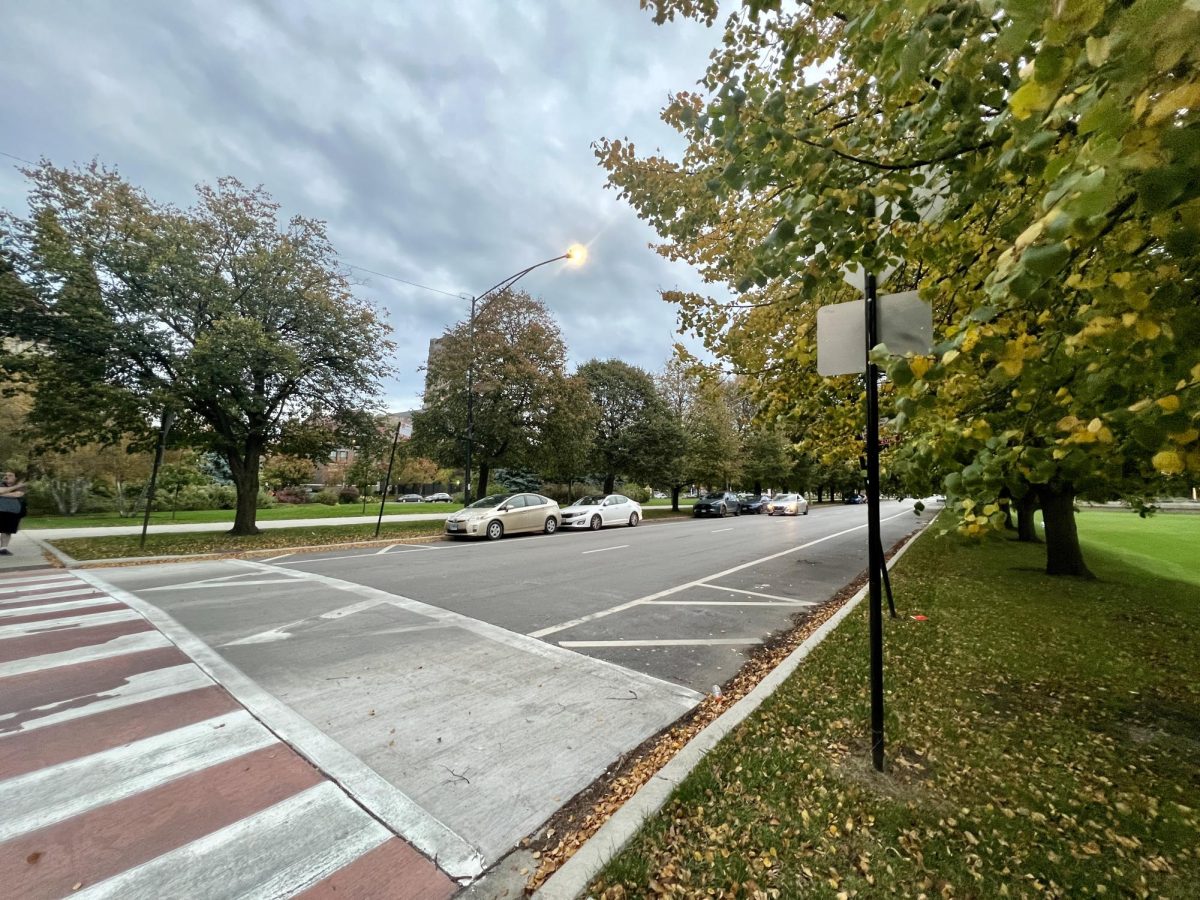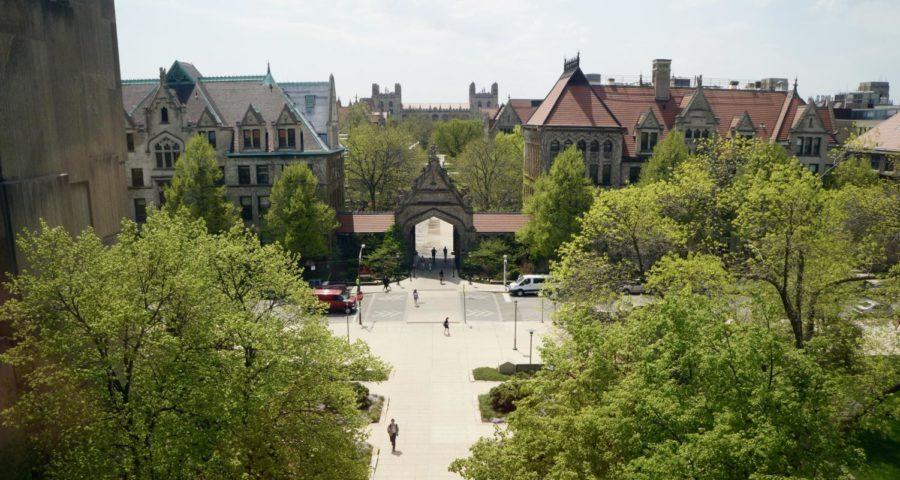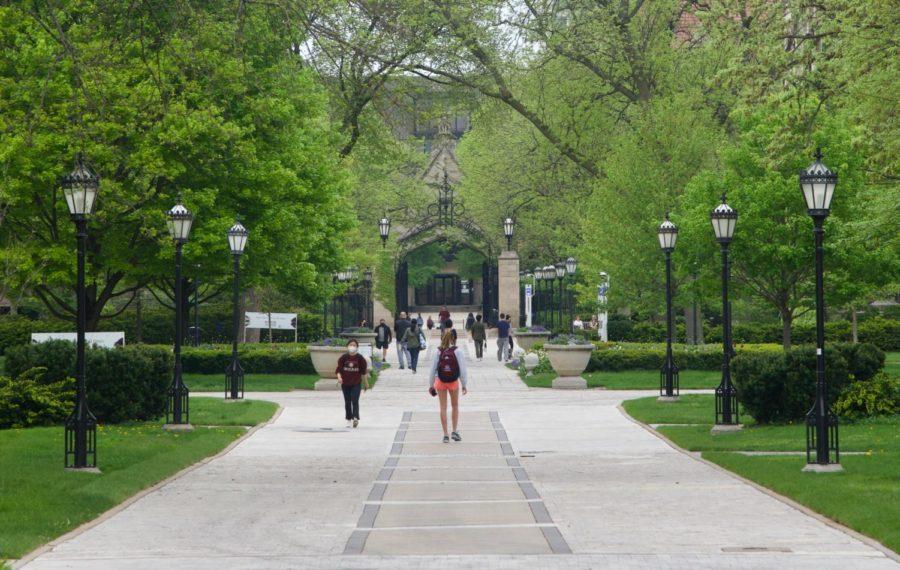The University received around 15,000 early-admission applications for the Class of 2023 during its first round of early admissions. This marks a 10 percent increase from last year’s figure, according to comments that Dean of College Admissions James Nondorf made to The Washington Post.
The Post quotes Nondorf in an article that discusses the general trend of increased early applications being submitted to prestigious universities. The article cites Duke University and Brown University, whose early applicant numbers rose 19 and 21 percent this year, respectively.
University spokesperson Marielle Sainvilus confirmed that the numbers Nondorf referenced in the article about The University's early applications are accurate.
“The [complete] data will be released in the fall, when the full [2018-19] admissions cycle is finalized," she told The Maroon by email.
According to online reports on an College Confidential forum, Nondorf told accepted students at a reception last January that the University received around 13,000 applications in the 2017-18 admission cycle’s early round, which is in line with Nondorf’s indication of a ten percent increase.
The University's first round of early applications were due by November 1, and decisions were posted in December. The first round includes students who applied with “Early Action,” the non-binding option, and “Early Decision,” the binding option. Early decision students have to commit unless the financial aid package offered is not enough.
The second round includes Early Decision II—also binding—and regular decision; the deadline for these was January 2.
The University introduced Early Decision options in 2016; previously, the only admissions options were Early Action or Regular Decision.
Previous increases in the number of early applications have varied from year to year; some have been more dramatic than this year’s ten percent increase. In the 2013-14 admissions cycle there were 11,143 early action applicants, in the 2012-13 cycle there were 10,316, in the 2011-12 cycle there were 8,698, and in the 2010-11 cycle there were 6,960, according to University news releases.
Nondorf also told The Post that he is seeing a trend of more students from the Midwest and West Coast applying than in previous years, when early rounds were dominated by students on the East Coast.
“Everybody is aware of [early application rounds],” Nondorf told The Post. “Everyone, everywhere uses all the rounds.”








